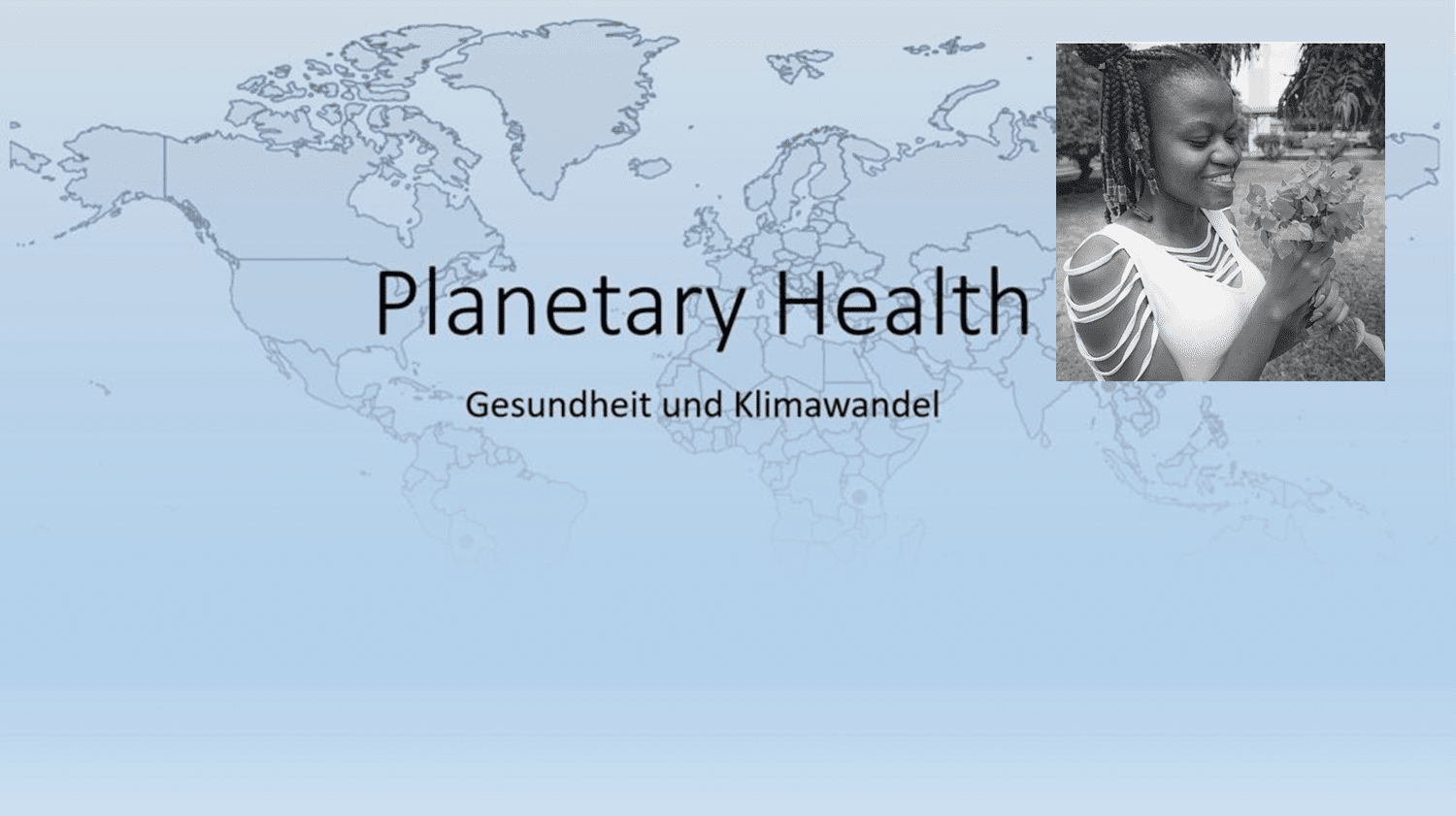The first allergies were reported 150 years ago. Of course, it can be assumed that there were already people suffering from allergies before this time - however, these remained unrecognized at the time or were not documented as such.
An allergy is generally defined as an excessive, pathological defense reaction of the immune system to foreign but harmless environmental substances (allergens or antigens), which is then accompanied by an allergic reaction. The most common of these reactions are problems with the digestive tract, skin or mucous membranes. The best known and most common allergies in our country are hay fever and asthma.
In recent decades, doctors have recorded an increase in allergic reactions in the population. Whereas in 1960 only three percent of the world's population were hypersensitive to something, by 1995 this figure had risen to around 30 percent. Since then, the trend has been rising worldwide, and allergies are in fourth place on the list of the most common diseases
In addition to a change in lifestyle, experts believe that the main causes of this are the increase in environmental pollutants and climate change. The latter primarily causes an increase in the number of people affected by hay fever, which can be explained by a changing pollen situation throughout the year: milder winters, a reduction in frost periods in spring and a later onset of winter result in an extension of the pollen season. This inevitably extends the period of time that is critical for allergy sufferers. Added to this is the spread of new, sometimes more aggressive types of pollen, which feel at home here due to the warmer climate. The best-known example of this is ragweed: a single shrub contains up to one billion pollen. Five to ten pollen per cubic meter of air can already trigger an allergic reaction.
Scientific studies show that pollen counts and pollen concentrations have increased by 20.9% between 1990 and 2018. This effect appears to be more pronounced in cities than in rural areas. It is obvious that this is accompanied by an increase in the number of people suffering from the disease.
A further rise and an increase in the severity of the illnesses are to be expected. In addition to the pollen concentration, the increase in air pollutants such as ozone and particulate matter associated with climate change also appear to play a role.
Experts also believe that an increased consumption of convenience foods increases susceptibility to allergies. One study showed that people who eat fast food three times a week are more likely to suffer from shortness of breath, asthma, allergic rhinitis and skin rashes such as neurodermatitis. This is primarily due to the fact that the intestine is the body's largest mucosal barrier.
With an increase in globalization and the growing influence of Western society on developing countries, an increased upward trend in allergies can also be expected in developing countries in the short to medium term. In particular, a higher level of industrialization must initially be expected to lead to an increase in asthma problems, triggered by environmental toxins in large cities. Changes in the food supply have also already increased the risk of developing allergies in some regions. Due to the often poorer medical care in these countries, it can be assumed that the clinical pictures and courses of the disease will be significantly worse here.
While asthma is relatively common in countries such as Australia and the Scandinavian countries, deaths caused by asthma are significantly higher in developing countries than in the rest of the world.



